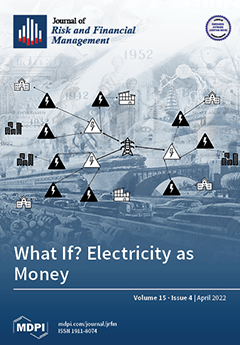Price discovery is an important research topic in real estate due to the heterogeneous nature of housing attributes and relatively thin trading activities compared to other assets. In Commonwealth countries, including New Zealand, governments usually conduct periodic appraisals for the purpose of collecting
[...] Read more.
Price discovery is an important research topic in real estate due to the heterogeneous nature of housing attributes and relatively thin trading activities compared to other assets. In Commonwealth countries, including New Zealand, governments usually conduct periodic appraisals for the purpose of collecting rates and levies. Such official appraisal values of properties, also known as capital values (
CVs), are considered a price anchor for market participants in their negotiation processes. Real estate agents often use these appraisal values to advertise their listings and negotiate transaction prices. In this study, we aim to make an initial attempt to study the influence of
CV on market prices using Granger causality tests and a hedonic pricing model. To test the lead-lag relationships, three million housing transactions from 1990 to 2020 in New Zealand are used to construct the capital values (
CVs) and transacted prices (
TPs) indices in both primary and secondary housing markets. The Granger causality test suggests that the indices of
TPs and
CVs have a bi-directional lead-lag relationship in the secondary housing market, whereas the relationship does not follow in the primary market where the information on
CVs is unavailable. The results imply the existence of a
CV anchoring effect. Such anchoring effects are also contingent on the timeliness of price anchors, which is consistent with the availability heuristic from behavioural economics.
Full article




